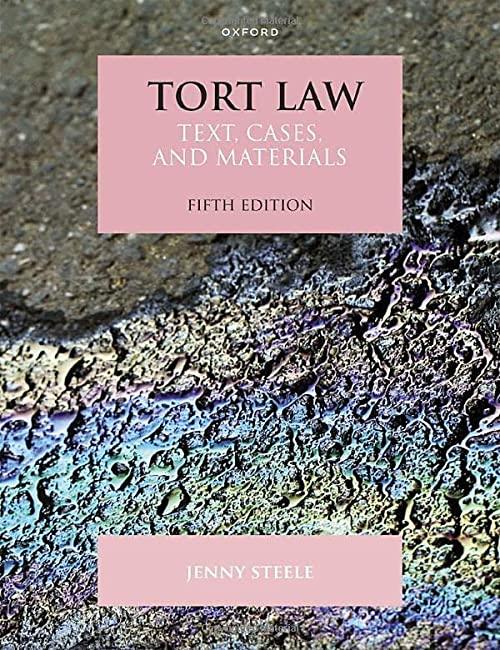Question
Because of the urgency of this matter, the Court authorized expedited discovery and held a five-day evidentiary hearing beginning on May 19, 1997. Closing arguments
Because of the urgency of this matter, the Court authorized expedited discovery and held a five-day evidentiary hearing beginning on May 19, 1997. Closing arguments were heard on June 5, 1997. In the meantime, the defendants agreed to postpone the merger pending the Court's decision on the motion for a preliminary injunction, thus making the plaintiff's motion for a temporary restraining order moot. At the hearing, the FTC called a number of live witnesses, including three industry witnesses and two economic experts, Dr. Frederick R. Warren-Boulton and Dr. Orley Ashenfelter. Defendants offered testimony from eight live witnesses, including one economic expert, Dr. Jerry Hausman, as well as an expert in retailing, Maurice Segall. In addition to these live witnesses, the plaintiff and the defendants combined submitted over six thousand exhibits including declarations from consumers, industry analysts, economic experts, suppliers, and other sellers of office supplies. Following the conclusion of the hearing, nine states filed a joint amicus brief in support of the FTC's motion.[1]
Q1
What does the term pseudo-papilloedema mean?
Q2
Could direct ophthalmoscopy falsely detect papilloedema due to error of
refraction?
Q3
What is the cause of bilateral macular oedema?
Q4
How can one differentiate between papilloedema and a tilted disc on
fundus examination?
Q5
On fundus examination, does the preservation of the disc cup (no
obliteration) despite nasal blurring of the edges of the cup mean an
absence of papilloedema?
Q6
What findings should be looked for during routine fundus examination
in patients on long-term chloroquine or other anti-malarial therapy for
treatment of systemic lupus erythematosus (SLE)?
Q7
Which diseases are commonly associated with a macular star on
ophthalmoscopic examination?
Q8
Can a cataract in one eye produce an afferent pupillary defect in that eye?
Q9
What is meant by copper and silver wiring of retinal vessels on
ophthalmoscopy, what do they look like and which of them signifies
atherosclerosis?
Q10
What is the mechanism of papilloedema? Is it that the intracranial
pressure exceeds the pressure of the central retinal vein?101920
Step by Step Solution
There are 3 Steps involved in it
Step: 1

Get Instant Access to Expert-Tailored Solutions
See step-by-step solutions with expert insights and AI powered tools for academic success
Step: 2

Step: 3

Ace Your Homework with AI
Get the answers you need in no time with our AI-driven, step-by-step assistance
Get Started


